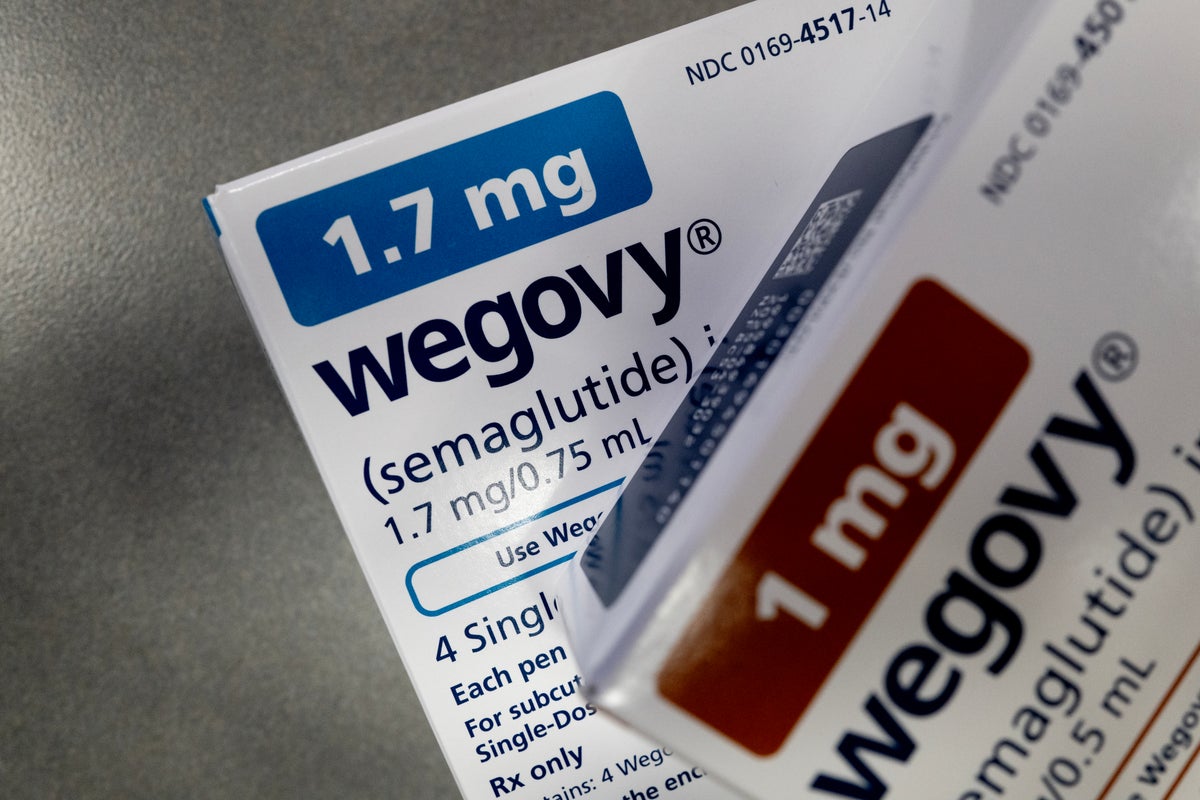Minerals are vital nutrients your body requires for essential functions. They cover a very wide spectrum in how they regulate your entire wellbeing, from keeping your bones strong to influencing your everyday cravings . Veggies and fruits do include these minerals in their nutritional profiles, along with other nutrients like fibre, carbs and proteins.
But, it's also important to understand the deficiencies, and when you need to add more foods rich in a particular mineral or take supplements to increase the mineral levels in your body. Your body subtly tells you about these deficiencies. Many may brush it off as the common signs overlap with other causes like regular stress, but it's time you listened to these cues and addressed the deficiencies.

Dietician Jess Bippen took to Instagram on April 22 to reveal some common signs that may indicate mineral like calcium, deficiency. A post shared by Jess Bippen, MS, RD (@nourishedbynutrition) Here's the entire guide she shared, narrowing down on each of the common minerals like potassium, calcium, sodium and more. Common signs of low minerals: Mineral deficiencies manifest in signs that you may misinterpret as physical exhaustion or stress.
But these signs shared by Jess reveal the common overarching signs of mineral deficiencies: Chronic fatigue or energy crashes Dizziness or lightheadedness Headaches or migraines Cravings for salty or sweet foods Irritability or mood swings low appetite or restless legs Trouble sleeping Brain fog Heart palpitations or racing thoughts Feeling or looking puffy Now that you are aware of the common signs, it’s time to get into the details and understand how each mineral deficiency shows up in your body. This will help you better identify the deficiency. Here's the rest of the guide Jess shared for each mineral: Sodium Regulates: Fluid balance Blood pressure Nerve signalling.
Signs when it's low: Headaches Dizziness when standing Low blood pressure Nausea Weakness during workouts Support with: Sea salt or pink salt (add to meals and water) Bone broth Salted lemon water Adrenal cocktails Potassium Regulates: Muscle function Blood pressure Electrolyte balance Signs when it's low: Muscle cramps Constipation Fatigue Heart palpitations Sugar cravings Support with: Coconut water Avocados White potatoes and sweet potatoes Oranges and bananas Spinach Magnesium Regulates: Stress response Sleep Blood sugar Digestion Signs when it's low: PMS or cramps Insomnia Anxiety or irritability Constipation Twitchy muscles or restless legs Support with: Pumpkin seeds Dark chocolate Almonds, cashews Leafy greens Epsom salt baths or magnesium spray Calcium Regulates: Hormone release Nerve conduction Muscle contraction Signs when it's low: Brittle nails Weak hair Numbness or tingling in fingers Irregular periods Bone loss Support with Sardines (bones included) Collard greens Tahini Almonds Grass-fed dairy Mineral-rich spring water ALSO READ: 5 foods to improve copper intake through your diet Note to readers: This article is for informational purposes only and not a substitute for professional medical advice. Always seek the advice of your doctor with any questions about a medical condition..
Health

Feeling dizzy or nails breaking easily? Common signs of mineral deficiencies you should know before it's too late

It's easy to dismiss mineral deficiencies as they appear common. But before your health worsens, it's time you check these.















